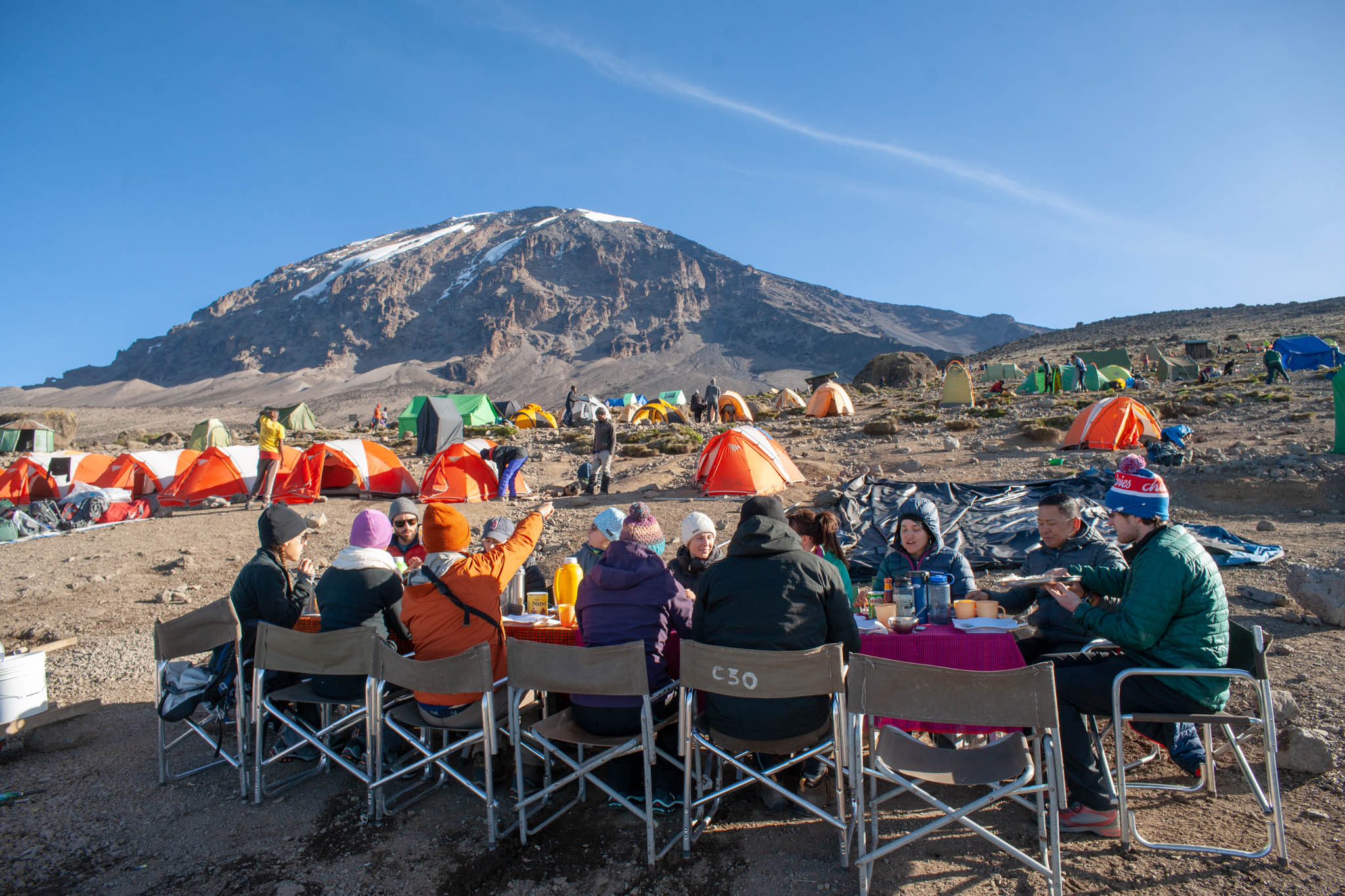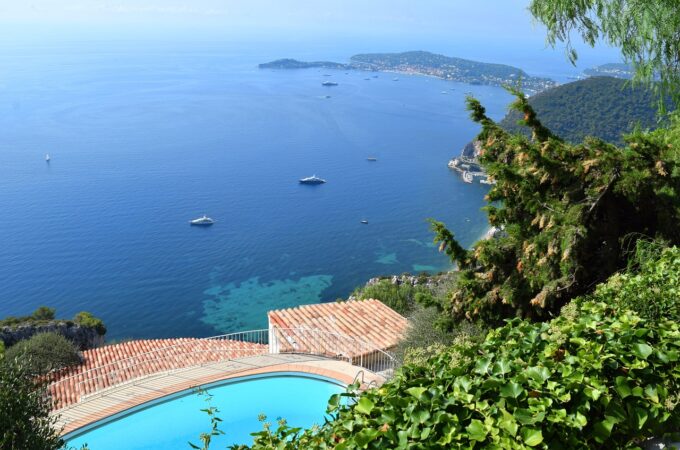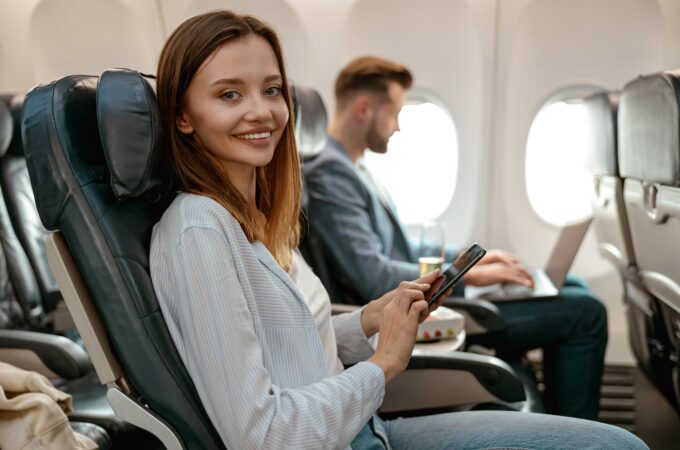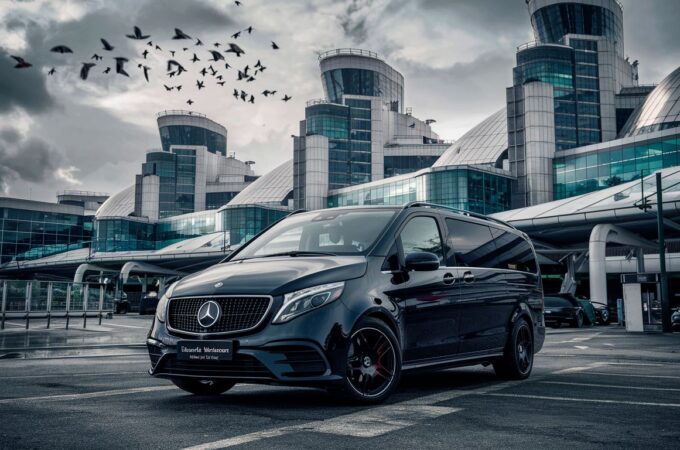
A Brief Guide to Kilimanjaro Routes
There are seven official routes to Uhuru Peak, which crowns the majestic Kilimanjaro. In this guide, we’re taking a closer look at each of them to help you pick the route that can best meet your needs and opportunities. Also, check out Mount Kilimanjaro travel guide from Follow Alice to make sure you are fully prepared for your trip.
How to choose the best route
Every route is different from the others, so before we go any further, let’s have a look at what aspects you need to take into consideration while selecting the route which best suits your interests and fitness level.
Acclimatization
In fact, acclimatization is the deciding factor that affects getting to the volcano’s summit, more important than age or even your physical shape. Altitude acclimatization is different on each trek. This is determined by the overnight camp locations, steepness of the trail, and distance hikers have to cover in a day. Climbs that take more time have a higher success rate in reaching the peak, as ascending slower always means better acclimatization. All in all, it’s a good idea to pick a route that takes a week or more if you aren’t an experienced climber with prior acclimatization.
Scenery
Next, you might want to choose the route that offers the most amazing scenery. It goes without saying that scenery matters a lot for your overall climbing experience. While all of them lead to the iconic summit, each trek offers a unique viewpoint of the beauty of Africa. Consider the following landmarks when you pick your Kilimanjaro route:
- Barranco Wall
- Shira Plateau
- Tropical rainforest
- Coniferous rainforest
How busy the route is
Some treks are more popular choices than others, not because they are better, but because they start close to the tourist hub of Moshi. The busiest routes are Marangu and Machame, so you can pick either of them if you don’t mind crowds. However, if you prefer a quieter experience, consider a more remote trek. For more information about organizing a trip to kilimanjaro, check out the following video:
Kilimanjaro routes overview

Marangu
Marangu, aka ‘Coca Cola Route’, is undoubtedly the most popular way up the Roof of Africa. It starts at Marangu Gate, not far from the town of the same name. This five-day hike includes four overnight stays at Mandara Hut (8,858 ft), Horombo Hut (12,205 ft) and Kibo Hut (15,430 ft) on the ascent and another stay at Horombo Hut on the way down. A six-day version includes an extra night at Horombo on the ascent, which allows for better acclimatization transition. In addition, a longer version provides a whole day to explore the out of this world flora of the Afro-alpine zone. Marangu is the easiest trek, way cheaper than others, not to mention it’s the only route where hikers can sleep in huts with bathing facilities. Still, it’s overcrowded during the dry season, and great numbers of tourists reduce your chances to see much wildlife.
Machame
Machame, aka ‘the Whisky Route’, is the second most favored trek. Although it features a couple of tough batches, it provides a gentler ascent than Marangu. In addition, Machame is really scenic: it treats hikers to the most distinctive view of the five ecosystems of Kilimanjaro: farmland, cloudforest, alpine heath, alpine desert and the glaciated summit, including landmarks such as Shira Plateau, Lava Tower, and the Barranco Wall. This trek also allows for better acclimatization, especially if you pick its seven-day version as three of the campsites are at the same altitude. The ascent entails night stays at Machame Hut (9,482 ft), Shira Hut (12,598 ft), Barranco Camp (12,959 ft) and Barafu Hut (15,092ft). Keep in mind that actually there are no huts, you spend cold nights in tents. Also, Machame is physically difficult and tends to be overcrowded.
Shira
The Shira Route takes its start from the lush western side of the volcano, at Shira Gate located at 11,811 feet, which means it is a good choice only if you’ve been previously acclimatized. For the most efficient acclimatization, seven days is the best option. What is more, for the same reason, it’s a good idea to spend two nights at the first camp, Simba, in order to stimulate acclimatization. You can also go for an eight-day version, which includes two nights at the first camp as well as another two nights at the next camp on the Shira Plateau. The next two camps, Barranco and Karanga, are almost at the same altitude, which means good chances to get used to high elevation. One of the major advantages of Shira is that it’s less crowded than the two previously mentioned routes. In addition, it offers really breathtaking views. On the other hand, Shira is more expensive, and, to top it off, you’re likely to suffer from altitude-related symptoms on the first day.
Lemosho
One of the most spectacular and easiest treks up the Roof of Africa, Lemosho starts on the western side. It’s normally a seven or eight-day trip. The initial part of the trek lies through the majestic rainforest with amazing flora and fauna. Then you cross the entire Shira Plateau in a pleasant, relatively flat hike. However, be ready to cross multiple valleys and ridges on your way. The trek includes the impressive Lava Tower, the scenic Barranco Valley with unique vegetation, and the intimidating Barranco Wall. Follow Alice have chosen Lemosho due to its ideal balance of low crowds, beautiful views and an excellent summit success rate.
Northern Circuit
It’s the most recently developed and the longest (90 km) route on Kilimanjaro. Hikers who choose this trek need eight or nine days to reach the volcano’s peak, which is why it boasts an impressive success rate: the length equals more acclimatization time. Furthermore, it’s an incredibly picturesque route. This is the only trek that traverses the northern slopes, which are more remote and have the benefit of less traffic from other outdoor enthusiasts. It crosses the Shira Caldera and the Saddle, a Martian desert that lies between Kibo and Mawenzi craters.
Rongai
Being the only route that takes its start on the northern slope of the mountain, Rongai is quite different from the others. The north face of the mountain experiences lower levels of precipitation, making this trek perfect if you decide to climb the Roof of Africa in the rainy season. Plus, Rongai is less crowded due to the extra time it takes to reach the gate at the start. It takes seven or eight days to reach Uhuru Peak via Rongai. This is also the only route which runs next to Mawenzi, one of the volcanic cones. This trek is one of the easier routes up Kilimanjaro as it offers a more gradual ascent, so it’s suitable for less experienced hikers. On the downside, Rongai can’t boast as much diversity in scenery as other routes, however, it’s all about remoteness and untouched natural beauty.
Umbwe
Finally, let’s take a look at what Umbwe, the most spectacular route, offers to hikers. A direct climb traverses every climate zone on the Roof of Africa, yet, it’s the hardest and an extremely physically challenging trek. In addition, because of the rapid ascent, Umbwe doesn’t give you enough time for acclimatization. While this trek is characterized by low traffic, the possibility of success is scarce too. The trek takes at least six days, and it is recommended only to highly experienced hikers that are absolutely sure about their ability to acclimatize.




